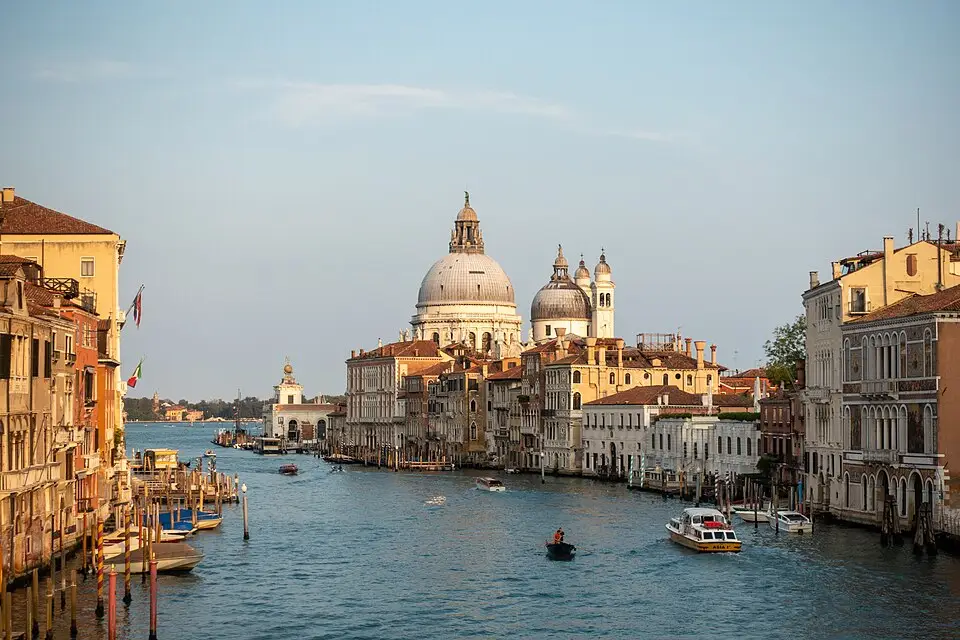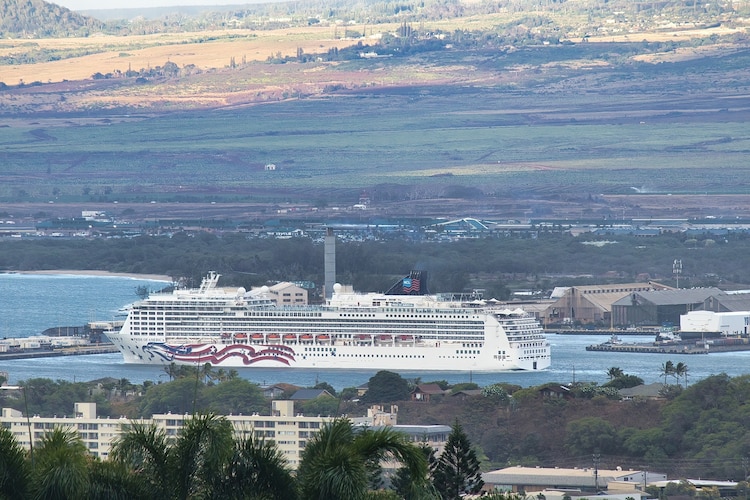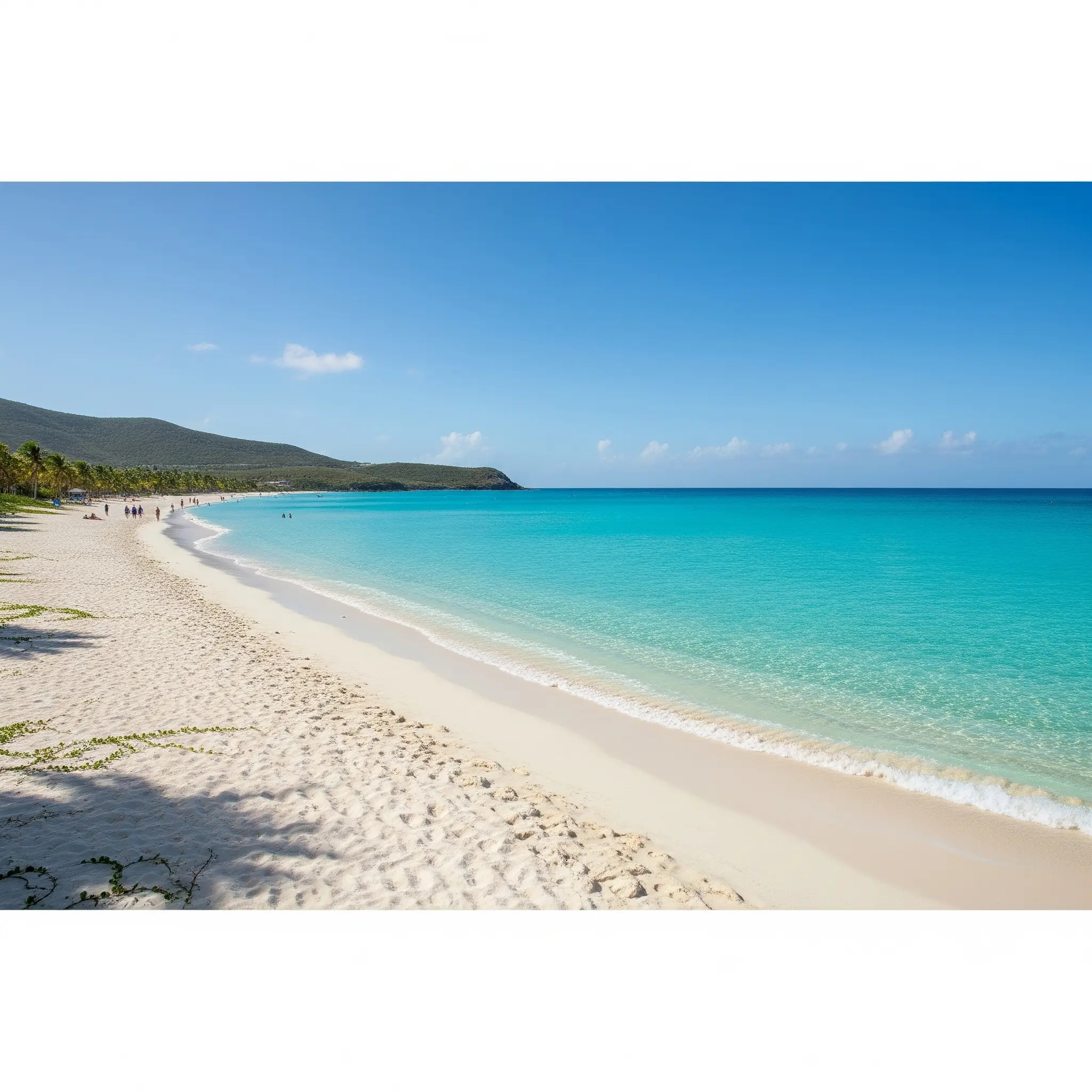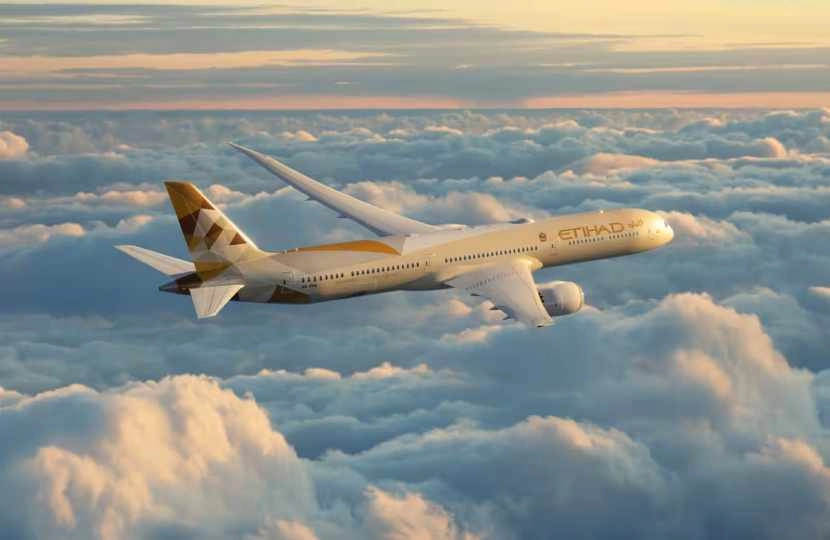
Top Destinations in Berlin, Germany: A Guide to the City’s Must-Visit Attractions
Berlin, the capital of Germany, is a city where history meets modernity. Known for its rich cultural heritage, dynamic art scene, and vibrant nightlife, Berlin is a must-visit destination for travelers worldwide. Whether you’re a history buff, a foodie, or an adventure seeker, Berlin has something to offer. In this guide, we’ll explore the top destinations in Berlin, their historical significance, relevance to contemporary society, and how innovation has shaped the city’s tourism landscape.
Table of Contents
1. Brandenburg Gate: The Symbol of Unity
One of Berlin’s most famous landmarks, the Brandenburg Gate, stands as a symbol of unity and peace. Built in the late 18th century, this neoclassical monument has witnessed pivotal moments in German history, including the fall of the Berlin Wall in 1989. Today, it serves as a cultural gathering point and a prime photo opportunity for visitors.
Why Visit?
- Iconic historical significance
- Proximity to other attractions like the Reichstag and Pariser Platz
- Illuminated beautifully at night
2. The Berlin Wall Memorial and East Side Gallery

Berlin’s history is deeply tied to the Berlin Wall, which divided the city for almost three decades. Today, the Berlin Wall Memorial and East Side Gallery stand as reminders of the past and symbols of freedom.
Highlights:
- The East Side Gallery features over 100 murals painted by artists worldwide
- The Berlin Wall Memorial offers a deeper historical perspective with preserved wall sections and an informative museum
- A chance to witness street art and history combined
3. Museum Island: A Cultural Treasure

Museumsinsel, or “Museum Island,” is one of Germany’s most significant cultural landmarks, located in the heart of Berlin. This complex consists of five world-renowned museums displaying art and artifacts from various civilizations. As a UNESCO World Heritage Site, Museumsinsel is a must-visit destination for tourists and history enthusiasts alike.
Famous Museums on Museumsinsel
1. Pergamon Museum
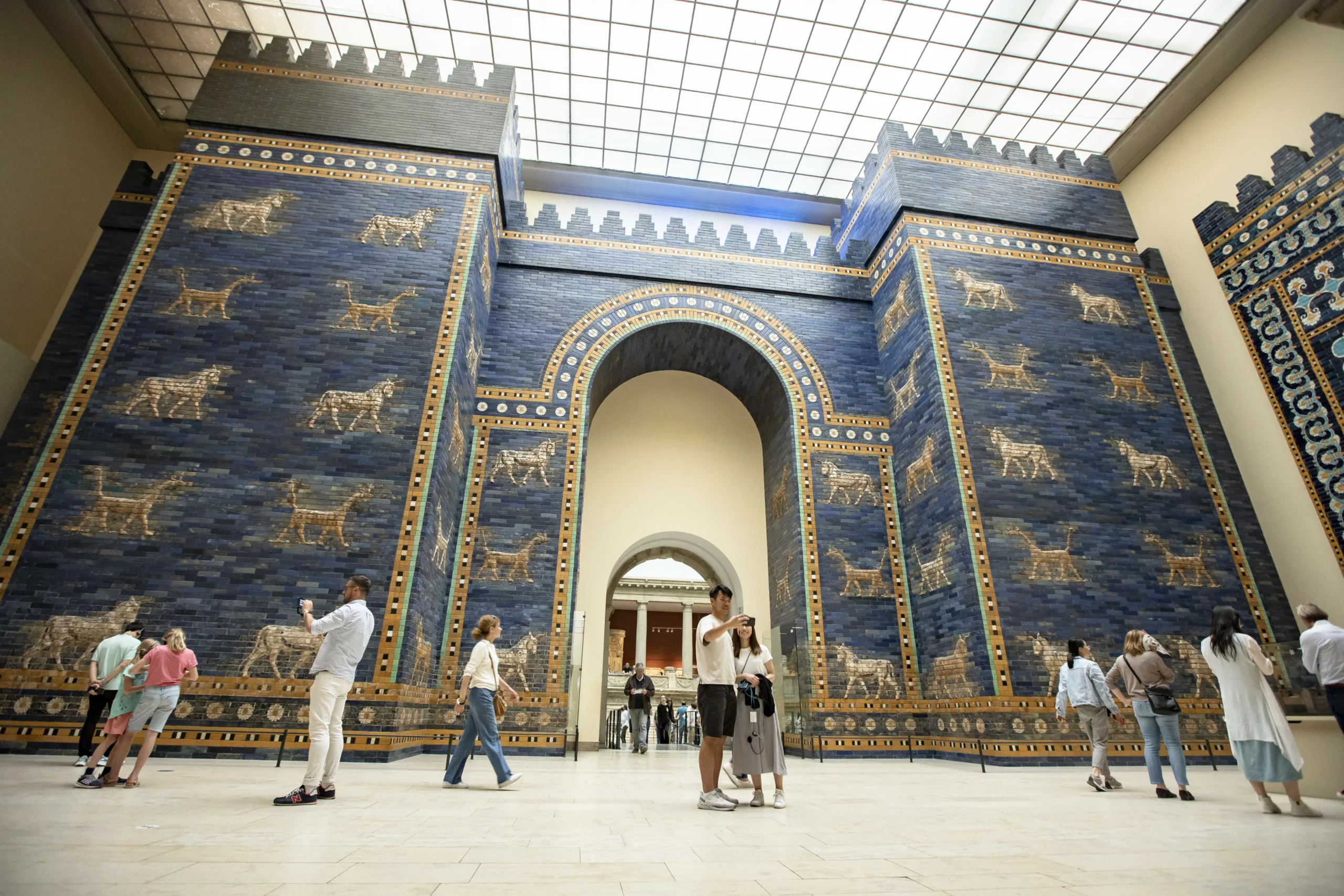
The Pergamon Museum in Berlin is one of the world’s most renowned archaeological museums. Built between 1910 and 1930 on Museum Island (Museuminsel), it was designed by architects Alfred Messel and Ludwig Hoffmann to house extraordinary historical artifacts from the Middle East, Ancient Greece, and Rome.
The museum is famous for its monumental structures, including the Pergamon Altar, Ishtar Gate of Babylon, and Roman Market Gate of Miletus. These collections provide deep insights into ancient civilizations that shaped the modern world.
Collections and Public Relevance
The Pergamon Museum attracts millions of visitors annually due to:
- The Pergamon Altar: A monumental structure from the 2nd century BC, originating from the ancient city of Pergamon in Asia Minor.
- The Ishtar Gate: One of the main gates of Babylon, built in the 6th century BC under King Nebuchadnezzar II.
- The Museum of Islamic Art: Showcasing artifacts from the Islamic world, including historic mihrabs and mosaics.
Innovation and Technological Impact
The Pergamon Museum continues to evolve with modern innovations:
- Digital restoration: Virtual reality (VR) technology allows visitors to see ruins in their original form.
- Online exploration: Digital platforms provide global access to the museum’s collection.
- Major renovation projects: Since 2013, the museum has undergone significant restoration to enhance the visitor experience.
As a global hub of historical knowledge, the Pergamon Museum continues to inspire and connect modern generations with ancient civilizations.
2. Altes Museum

Altes Museum is one of Berlin’s oldest museums, located on Museumsinsel, a historic museum complex in Germany’s capital. Built in 1830 by renowned architect Karl Friedrich Schinkel, the museum houses an extensive collection of classical art and artifacts, primarily from Greek and Roman civilizations. As part of the UNESCO World Heritage Site, Altes Museum remains a major attraction for tourists and history enthusiasts.
Fascinating Collections at Altes Museum
1. Greek and Roman Art Collection
The museum showcases ancient marble sculptures, pottery, and jewelry that provide deep insights into classical civilizations.
2. Antique Sculpture Gallery
Visitors can admire iconic sculptures from the classical era, including depictions of Greek gods and goddesses.
3. Numismatic Collection
Altes Museum also houses a rare collection of ancient coins from the Greek, Roman, and Byzantine periods, illustrating the evolution of early monetary systems.
Cultural Relevance and Impact
As an educational hub, Altes Museum plays a vital role in preserving and presenting classical civilizations to modern society. Innovations in digitalizing museum collections have expanded global access to these historical treasures. With its grand neoclassical architecture, the museum continues to inspire architects and artists worldwide.
3. Neues Museum

Exploring Neues Museum in Berlin
Neues Museum is one of Berlin’s most historic museums, located on Museumsinsel, a renowned museum complex in Germany’s capital. Built between 1843 and 1855 by architect Friedrich August Stüler, the museum was severely damaged during World War II before being renovated and reopened in 2009. Neues Museum is famous for its extraordinary collection of Egyptian, prehistoric, and classical art.
Fascinating Collections at Neues Museum
1. Bust of Nefertiti
One of the museum’s main attractions is the iconic bust of Queen Nefertiti, a masterpiece of Ancient Egyptian art that is over 3,000 years old.
2. Prehistoric Collection
The museum showcases artifacts from the Stone Age to the Bronze Age, providing insight into early human civilization.
3. Papyrus and Hieroglyphic Collection
Visitors can explore ancient manuscripts written in hieroglyphics, along with artifacts from Egypt’s rich history.
Cultural Relevance and Impact
As an educational hub, Neues Museum plays a crucial role in preserving global heritage and introducing ancient cultures to modern society. With advanced digital restoration, the museum is now accessible to visitors worldwide.
4. Bode Museum
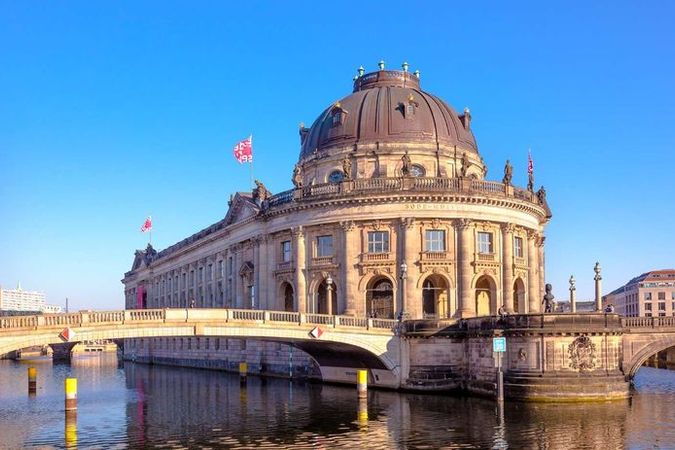
Bode Museum is one of the most captivating museums on Berlin’s Museumsinsel. Opened in 1904, it showcases an extraordinary collection of sculptures, coins, and Byzantine art. Designed by architect Ernst von Ihne, the museum’s Baroque-style architecture enhances its appeal as a cultural destination.
Remarkable Art Collections
- 1. European Sculpture Collection
The museum houses sculptures from the medieval period to the 18th century, featuring works from Germany, Italy, and France.
- 2. Coin and Medal Collection
Bode Museum holds one of the world’s largest numismatic collections, with over 500,000 coins and medals spanning different historical periods.
- 3. Byzantine Art
The Byzantine art collection includes mosaics, icons, and sculptures that depict religious life during the Byzantine Empire.
5. Alte Nationalgalerie
The Alte Nationalgalerie, located on Berlin’s Museum Island, houses a collection of 19th-century paintings and sculptures. Built between 1867 and 1876, this museum is part of Germany’s cultural heritage, featuring artworks from the Classical, Romantic, and Impressionist movements.
Remarkable Art Collection
The museum showcases masterpieces from renowned artists such as Caspar David Friedrich, Adolph Menzel, and Auguste Renoir. One of its highlights is the collection of French Impressionism, featuring works by Claude Monet and Édouard Manet, illustrating the evolution of European art in the 19th century.
Relevance to Society
Beyond being a hub for art appreciation, Alte Nationalgalerie serves as an educational center. It regularly hosts temporary exhibitions, lectures, and educational programs to introduce art to both locals and international visitors.
Impact of Innovation and Cultural Preservation
With digital technology and advanced restoration techniques, the museum has successfully preserved centuries-old artworks. Moreover, its modern lighting system enhances the visitor experience while protecting valuable paintings and sculptures.
Visiting Information
Official Website: smb.museum
Address: Bodestraße 1-3, 10178 Berlin, Germany
Opening Hours: Tuesday – Sunday, 10:00 AM – 6:00 PM
Why Visit?
- A paradise for history and art lovers
- Centrally located on the Spree River
- Offers insights into European and global cultural heritage
4. The Reichstag Building: A Political Landmark
The Reichstag, home to the German Parliament (Bundestag), is a blend of historic architecture and modern innovation. Its glass dome, designed by architect Norman Foster, symbolizes transparency in government.
Must-See Features:
- Free entry with an online reservation
- The glass dome offers panoramic views of Berlin
- Insight into German democracy and politics
5. Alexanderplatz and the Berlin TV Tower
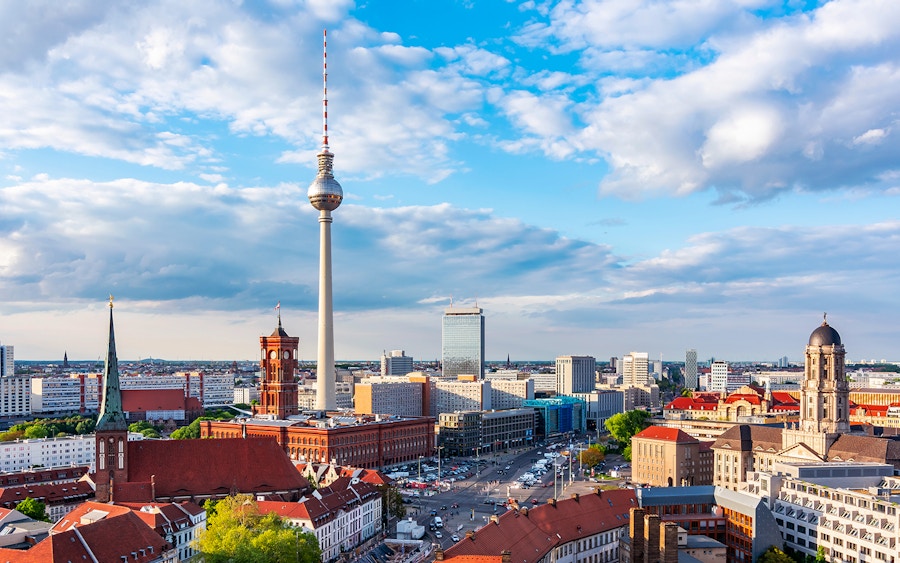
Alexanderplatz, often called “Alex,” is one of Berlin’s most famous squares. Originally a cattle market in the 17th century, it evolved into a major commercial and transportation hub in the 19th century. During World War II, the area was heavily damaged but was rebuilt during the East German era as a symbol of modernization.
Transformation and Relevance to Society
Today, Alexanderplatz is a bustling commercial and cultural center, filled with shopping malls, restaurants, and attractions. Its well-connected transportation network makes it a crucial mobility hub for both locals and tourists.
The Berlin TV Tower (Berliner Fernsehturm)
History and Construction
The Berlin TV Tower (Berliner Fernsehturm) was built in 1969 by the East German government as a symbol of socialist power. Standing at 368 meters, it remains the tallest structure in Germany and one of the city’s most iconic landmarks.
Impact and Innovation
Beyond being a significant landmark, the Berlin TV Tower serves as a broadcasting center for television and radio signals. Today, it is a major tourist attraction, offering a panoramic observation deck with breathtaking views of Berlin.
Why Visit?
- Stunning 360-degree views from the tower’s observation deck
- Easy access to public transportation and major shopping areas
- Close to landmarks like the World Clock and Rotes Rathaus
6. Charlottenburg Palace: A Glimpse into Royalty
Berlin’s largest palace, Charlottenburg Palace (Schloss Charlottenburg), offers a peek into Prussian royal history. The baroque architecture, expansive gardens, and opulent interiors make it a must-visit attraction.
Highlights:
- Lavish baroque and rococo rooms
- The beautiful palace gardens, ideal for strolls
- The Mausoleum, New Wing, and Porcelain Cabinet showcasing European art
7. Checkpoint Charlie: A Cold War Relic
One of the most famous border crossings between East and West Berlin, Checkpoint Charlie remains a powerful symbol of the Cold War. The nearby museum provides a comprehensive history of escape attempts and divided Germany.
What to Expect?
- Reconstructed checkpoint booth
- Informative displays on Cold War espionage and escape stories
- Close proximity to Friedrichstrasse, a prime shopping area
8. Kreuzberg: Berlin’s Hipster and Multicultural District
Known for its alternative culture, vibrant nightlife, and diverse food scene, Kreuzberg is a favorite among locals and visitors. The district is home to unique street art, indie cafes, and the famous Turkish Market.
Why Explore Kreuzberg?
- Authentic Berlin experience away from tourist crowds
- Exceptional international cuisine, from Turkish to Vietnamese
- The bustling nightlife with bars, clubs, and music venues
9. Tempelhofer Feld: A Park with a Unique History
Once an airport, Tempelhofer Feld is now one of Berlin’s largest open spaces, offering walking trails, cycling paths, and picnic spots.
Reasons to Visit:
- Ideal for outdoor activities and sports
- Rich historical background as a former Nazi-era and Cold War airport
- Community-driven projects like urban gardening
10. Potsdamer Platz: The Future of Berlin
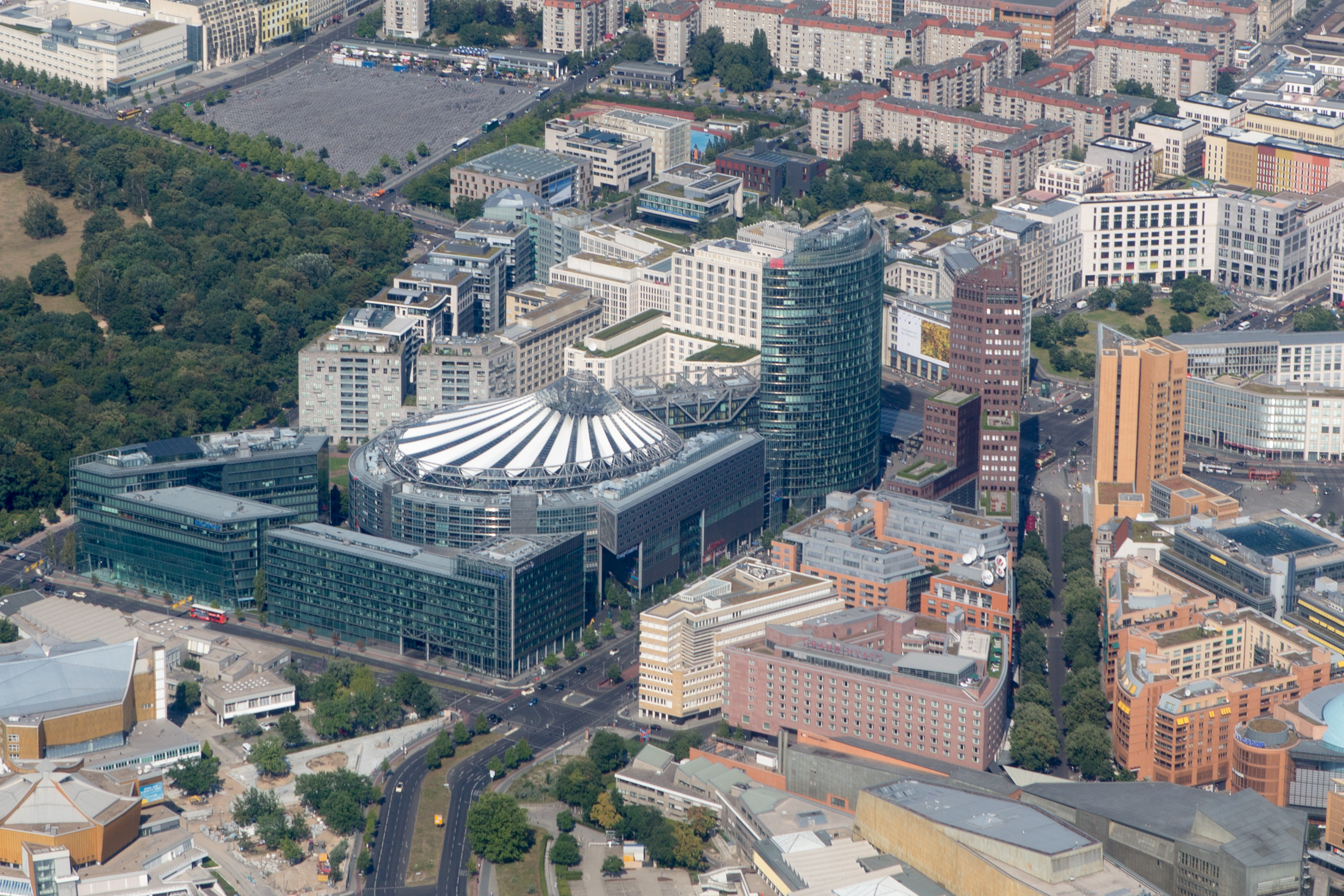
Potsdamer Platz is one of Berlin’s most iconic districts, reflecting the city’s historical changes. Originally, it flourished as a commercial and transportation hub in the 19th century. Before World War II, it was one of the busiest squares in Europe, home to luxury hotels, theaters, and renowned restaurants.
Drastic Changes After World War II
During World War II, Potsdamer Platz was heavily bombed and left in ruins. Following the war, the Berlin Wall divided the area, leaving it abandoned for over 28 years. However, after the reunification of Germany in 1990, the square underwent a massive transformation.
Revival and Modernization
In the 1990s, Potsdamer Platz was redeveloped into a vibrant center for business, entertainment, and culture. Renowned architects such as Renzo Piano and Helmut Jahn contributed to the area’s redesign. Today, it features skyscrapers, shopping malls, an IMAX cinema, and attractions like the Sony Center, making it a favorite spot for tourists and locals alike.
Impact on Society
The transformation of Potsdamer Platz has significantly impacted Berlin’s social life. With pedestrian-friendly zones, restaurants, and cultural centers, it has become a lively public space. Additionally, sustainable technology and energy-efficient management have been integrated into the area’s urban planning.
Visit Potsdamer Platz
For travelers wanting to experience the fusion of Berlin’s history and modernity, Potsdamer Platz is a must-visit. For more information, check out Wikipedia Potsdamer Platz.
What’s Special?
- Home to the Sony Center and Berlin Film Festival
- Great nightlife with theaters, casinos, and clubs
- A prime example of Berlin’s post-reunification urban development
Conclusion: Why Berlin Should Be Your Next Travel Destination
Berlin is a city that seamlessly blends its turbulent past with a forward-thinking future. Whether you’re drawn to its historical landmarks, thriving arts scene, or cutting-edge innovations, Berlin offers a dynamic travel experience unlike any other. With its welcoming atmosphere, efficient public transport, and countless things to explore, Berlin should be on every traveler’s bucket list.
Plan your visit and discover why Berlin remains one of Europe’s most fascinating cities!

